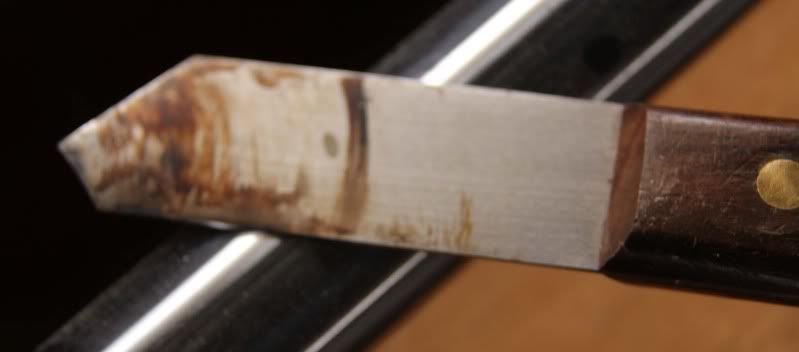In case anyone is interested, I have put up a page on my web site with information about making your own turning tools, including gouges, bead forming tools, hollowing tools, centre finders, ball cutter and more. Also some information about metal turning on the wood lathe. Hope it will be helpful to someone. Comments welcome!
Terry
http://www.turnedwoodenbowls.com/forotherturners.html
Terry
http://www.turnedwoodenbowls.com/forotherturners.html









































